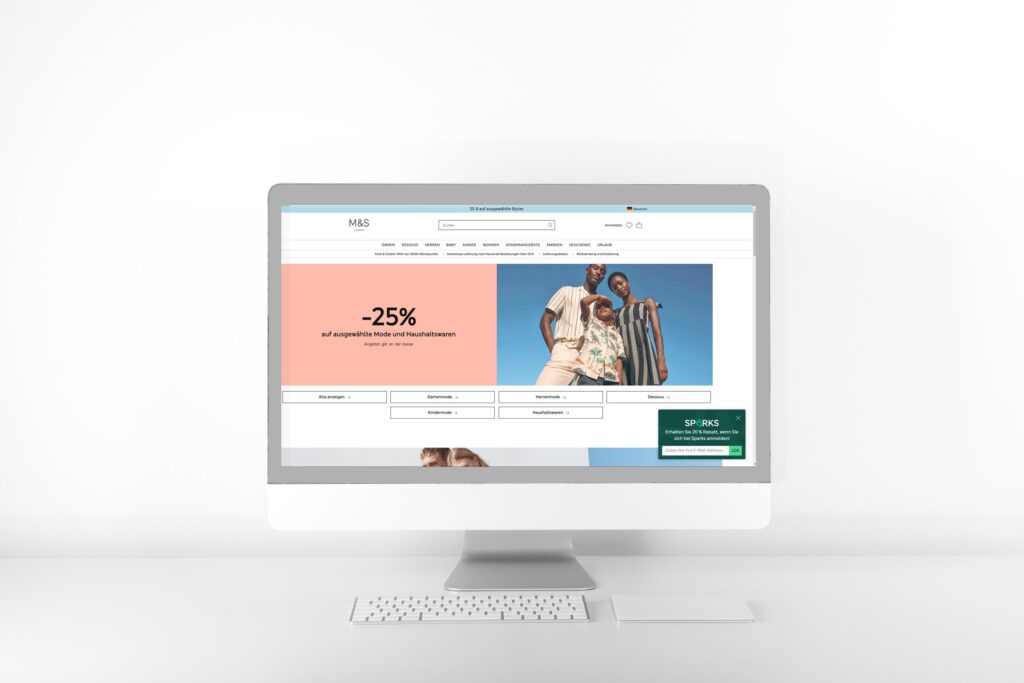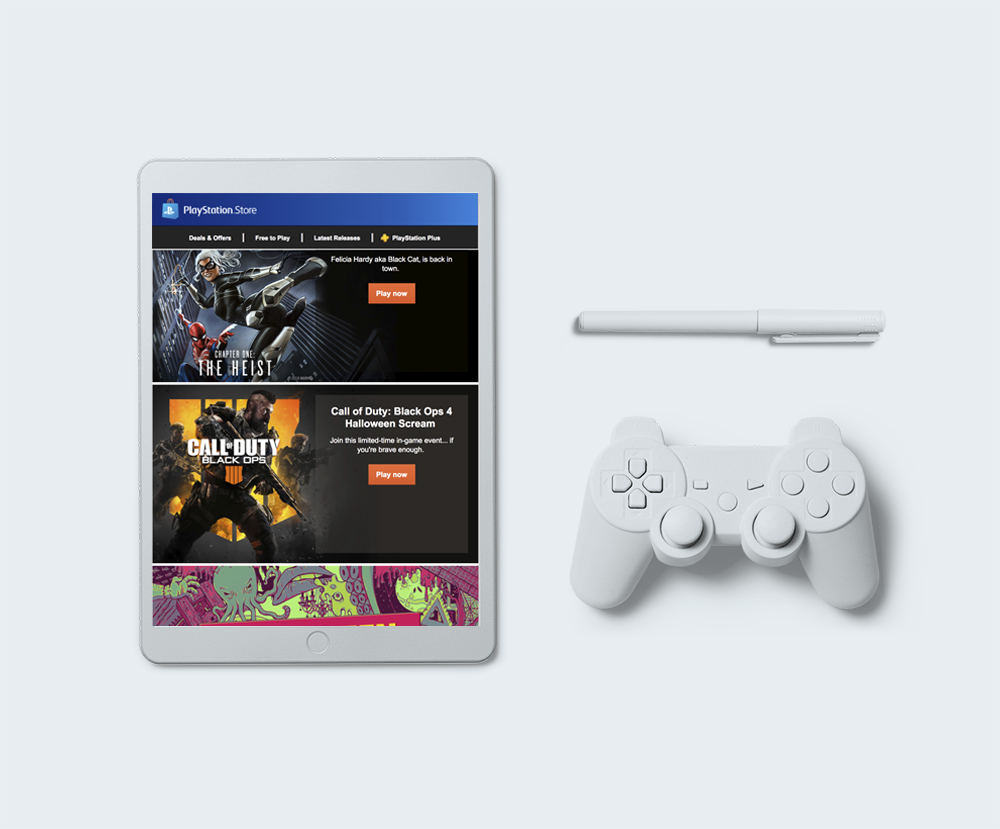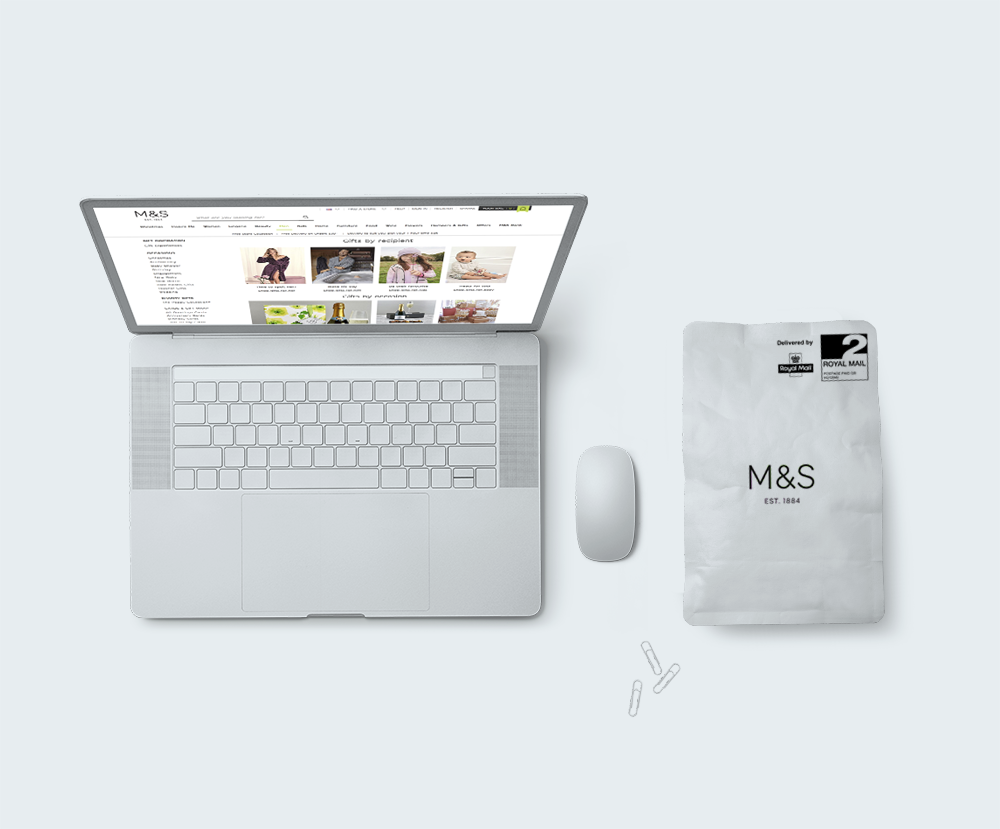Q. How did M&S International optimise their promotional spend, drive frequency and boost revenue?
A. By using Plinc’s Future Value Modelling as a segmentation tool for A/B testing.
What’s the story?
M&S International serve customers across 100 markets, relying heavily on ecommerce and digital marketing to reach customers across countries, cultures, time zones and languages.
To increase retention and optimise marketing spend across these markets, M&S International wanted to evaluate their offer strategy by testing different promotions for each of their customer segments. In doing so, they hoped to increase frequency and spend across their full customer base by determining which offers drive the highest incremental value.

What we did
Rather than using the traditional Customer Lifetime Value (CLV) approach to segment their customers for these tests, they partnered with Plinc to deploy Future Value Modelling.
Plinc’s Future Value Model (FVM) is a methodology built on machine learning that predicts the future value of a given customer. The model uses a range of data points to score each individual, including customer behaviour, purchase history and demographics.
One of the key benefits of FVM is that it enables marketers to focus their efforts on influencing the behaviours of customers who are the most important to the future of the business. FVM also allows marketers to predict how their programs affect long-term value.
The Impact
Using this segmentation strategy, M&S International tested two offers to determine which would drive more value. They expected Offer 1 to perform best for their high value customers, and Offer 2 to be more suited to medium and low value customers.
Contradictory to their hypotheses, they were surprised to find that Offer 1 actually had a negative impact on incremental value for highest value customers. On the other hand, Offer 2 drove incremental value for customers across all segments.
Future Value Segmentation: A simplified illustration
Picture two customers who purchased the same cushion from a homeware retailer. They were both first-time customers, so they now have identical, low-value CLVs.
Customer A has opened emails from the retailer in the past week, but has not engaged further.
Customer B has opened emails, clicked through, and browsed sofas multiple times on the retailer’s website in the past week, revisiting the same sofa several times.
Even though they have the same CLV, Customer B would be in a higher Future Value segment than Customer A, and should therefore be marketed to differently.
But this doesn’t mean all hope is lost for Customer A. While Customer B may be likely to purchase that sofa without additional incentive, Customer A might need a promotional offer to increase the likelihood of a second purchase. This insight not only improves retention, but can also boost the future value of Customer A (and ultimately, revenue from your campaigns).
In short, FVM leverages all customer data to create operable insights, enabling marketers to be more effective in tailoring their campaigns.
Case Studies

Crew Clothing get real-time insights in their Black Friday war room
Q. How did Crew Clothing get customer insights in their Black Friday War …

Halfords connects customer data to promote loyalty
Q. How did Halfords deliver real value through their loyalty program?…

Matching diners to dinners at Prezzo
Q. How did Prezzo streamline its voucher promotions process and accurately …

SCV powers customer-centricity at Halfords
Q. How can Halfords understand customer behaviour groupwide to develop a …

Hyper-personalisation boosts PlayStation’s engagement by 30%
Q. How did PlayStation achieve a massive 30% increase in engagement across …

Predictive targeting boosts M&S’ email responses by 20%
Q. How did M&S achieve a 20% increase in email engagement and subsequently …
Are we a fit for you?
If you’d like to chat about how we can help you get more value from your customer marketing, get in touch or request a demo.We’re happy to chat, no pressure.

